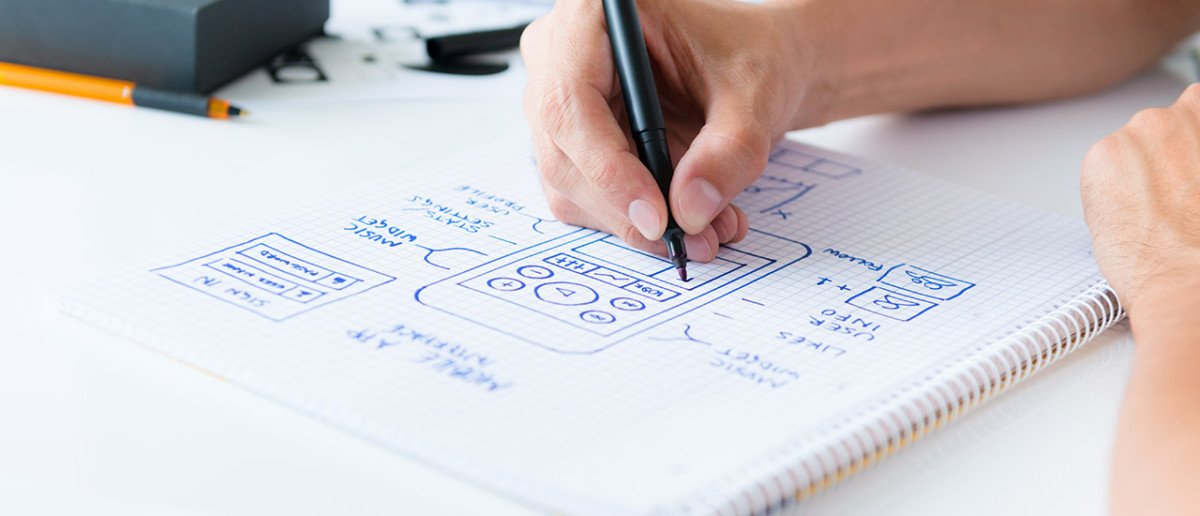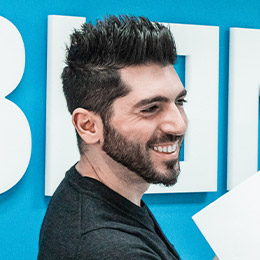One of the most common challenges we face in web and interactive design is to decide when you need to position creativity over usability. Or even usability guidelines over creative freedom. As experienced web designers based in Nicosia, it comes easy for us to know when our design should be purely user-experience focused without any unique creativity. Or when we can afford to break the rules to be creative and innovative without worrying about usability best practises. However, most of the times our aim is to strive a perfect balance of the two.
But what happens when a client is after a very creative or innovative design approach to their project? When in reality what they need
is a well thought usability approach?
In the past
Back in the good old days of Flash strict usability wasn’t too much of an issue. We always had a clear brief what the aim was for a project. Additionally it was clear, whether we had to create a creative and immersive experience. We would create fully animated websites for example, with video, music and unconventional navigation menus. There were not as many guidelines to follow as we were only limited to the desktop experience of the user. So, in effect we had a blank canvas of creative freedom to work with. Today we take into account multiple resolutions, multiple devices, multiple browsers, plugin support, internet speeds. This has created a big set of rules that we need to abide to.
Today’s reality on usability vs creativity
Users expect to see certain common elements, such as promo sliders, social feeds, top navigation menus or login areas at the top right corners. We need to ensure mobile menus are in small resolutions. The challenge to find the balance between an innovative and creative approach within a perfect usable environment has increased. This applies not only to designers but for developers too.
Good team work is required between a usability specialist, the designer and the developer to deliver a project that will perfectly use both aspects in a unique and innovative way. But most of the times, when resources, budget and deadlines are limited, the goal always remains to prioritise usability over creativity. In such a case we simply aim for an aesthetically good looking product without compromising the overall goal of the project.
Prioritize usability vs creativity
The main reason to prioritise usability because it is simply more important to have a good lasting user experience. This is more pertinent over a good first impression that may offer no return to the user. People demand fast loading interfaces, clear information, so that they can browse at ease without much thinking and obtain information they need within seconds. This ensures that a user will return and reuse the product, and will even increase conversion rates.
Most of the times you cannot afford to provide a client with anything less, but that doesn’t mean you cannot produce something beautiful too. There are many elements a designer can play around with, such as animations, clever layouts, photography, icons etc.. This need not compromising the user experience. But the pitfall for trying to go against the rules to be innovative or different comes to the high chances of failing to apply usability properly. This could cause users not to reuse your product, which may result to a failed outcome. No matter how innovative or different it is.
My personal realization
As a creative designer, coming to terms with this realisation was not so easy throughout the years. Most of the time I felt that there was no room to be creative, at all. This is not true.
After some good experience of learning to design with usability guidelines, you also learn where or how you can apply creative touches. Moreover, you can apply innovative approaches without compromising the user experience. Moreover, with the former you can enhance it. And that’s not an easy task, especially for big projects where you need teamwork to make everything work well.
Furthermore, once you arrive at this point you are able to be more decisive and constructive when and how you can afford to prioritise creativity and design innovation. Or just stick with a simple yet beautiful and engaging user experience design.
Read about our web design process here
Conclusion
So, if a client comes with the request to prioritise one of the two, a designer or an agency may choose to follow the client’s direction. This often happens even when agencies know that it is wrong without advising otherwise. The reason some choose this approach is to make more money, or because they want to enhance their portfolio or maybe to avoid the hustle to suggest otherwise. Here at BLEND, as experts in the industry it is our duty to advice and constructively explain the negative and positive impacts of each decision. Upon which we propose the ideal approach that ensures the most successful results for the client’s goals, even if it means an outcome that we wouldn’t necessarily take pride for.




